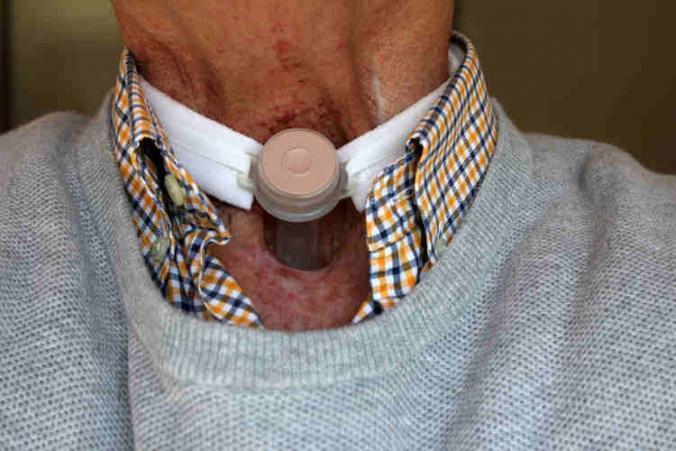The Department of Labor and Industries (L&I) has many responsibilities. They administer L&I claims, they provide work injury insurance, oversee safety and health at workplaces, as well as handle licensing and permits. Interestingly, L&I also has several other projects and initiatives, including ongoing research projects. A full list of the ongoing research projects can be found on the L&I website. The purpose of this article is to show some results in L&I claim for Asthma research. Asthma diagnosis can be found after exposure to certain materials at work.
L&I research for work-related causes of Asthma and respiratory disease
In my experience, workers’ compensation claims involving Asthma or other respiratory disease or conditions are challenging. The reason they are challenging is that it can be very difficult to pinpoint a diagnosis. Furthermore, it is even more difficult to prove a causal connection between the diagnosis and the workplace exposure. Therefore, it’s pretty common for L&I to reject an Asthma claim or respiratory disease claim because the diagnosis is attributed to other environmental factors or genetics. Luckily, L&I’s Occupational Respiratory research helped identify workplace causes of Asthma.
Workplace conditions that contribute to Asthma
L&I has been surveilling workplace Asthma since 2001. The motivation behind the research is to identify workers at high risk for developing Asthma. On top, L&I is trying to increase preventative measures and public health education. This surveillance is overseen by L&I’s Safety and Health Assessment and Research for Prevention (also known as the SHARP Program). As part of this ongoing surveillance and research project, L&I mandates health care providers to report cases of work-related Asthma to SHARP. L&I is enforcing this rule under Washington State administrative code known as the Reportable Conditions Rule (WAC 246-101).
L&I Asthma research outcome
The important research that L&I is conducting revealed hundreds of workplace substances known to cause Asthma. Their research indicates that 16% of new Asthma diagnoses in adults is because of some sort of exposure to certain materials at work. For example, cedar and other wood dusts, isocyanates, epoxies or epoxy glue, cleaning materials, flour dust, and agricultural hop dust are some the most common workplace substances that cause asthma in Washington State.
If you are an adult with a new diagnosis of Asthma, you should consider whether your work environment may have caused the disease. If you suspect your work conditions or exposure to materials and substances contributed to it, then you should speak with your medical provider. In turn, your doctor can tell you if a causal connection exists, and if they need to submit a report to SHARP. Then, your medical provider can tell you if you should file an occupational disease workers’ compensation claim.

Leave a Reply